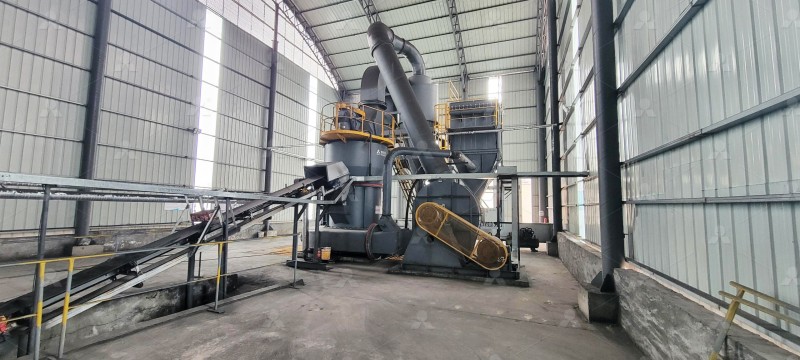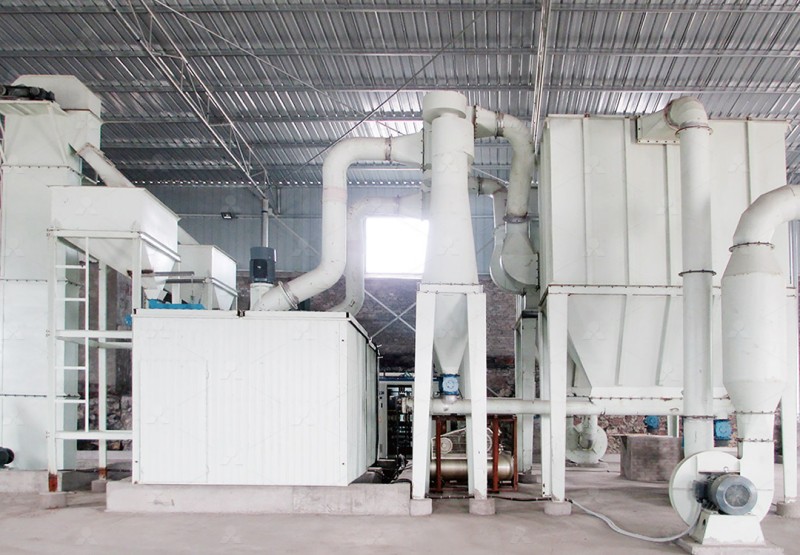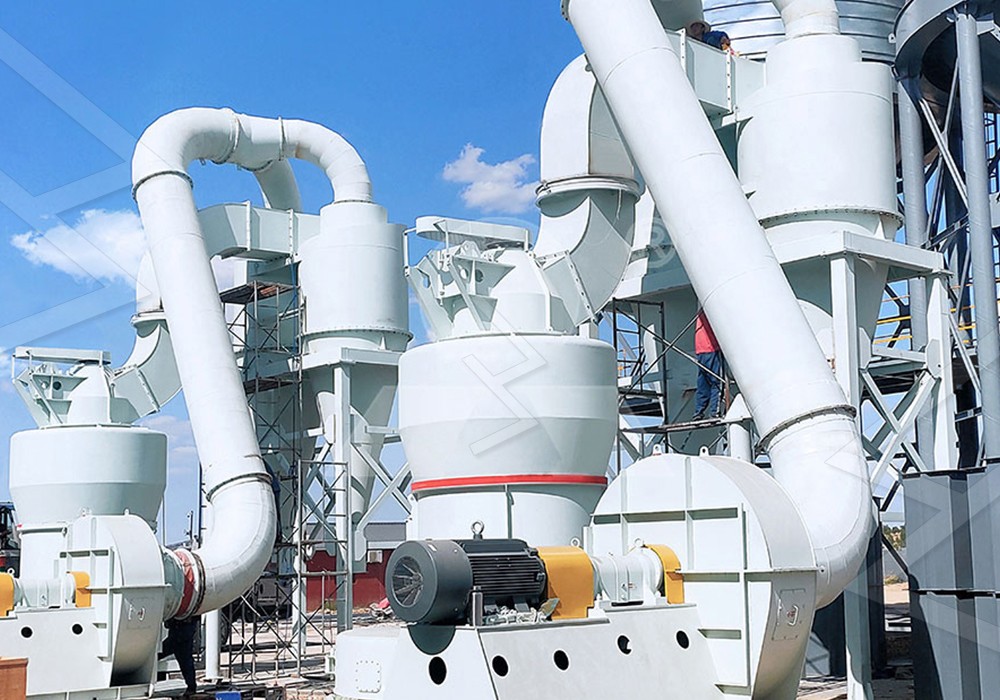How to Choose the Right Grinding Mill for Weathered Rock
How to Choose the Right Grinding Mill for Weathered Rock
Weathered rock presents unique challenges in mineral processing operations. These materials have undergone physical and chemical alterations through exposure to environmental elements, resulting in variable hardness, moisture content, and composition. Selecting the appropriate grinding equipment is crucial for optimizing production efficiency, product quality, and operational costs.
When evaluating grinding mills for weathered rock, processors must consider several key factors: material characteristics, desired product fineness, production capacity requirements, energy consumption, and environmental considerations. The altered nature of weathered rock demands equipment that can handle variations in hardness while maintaining consistent output quality.
Understanding Weathered Rock Characteristics
Weathered rock typically exhibits reduced strength compared to fresh rock, but may contain clay minerals and other alteration products that affect grindability. The presence of these secondary minerals can lead to packing, agglomeration, and increased moisture sensitivity during grinding operations. Processors must carefully analyze the specific mineralogy and physical properties of their weathered rock deposits to make informed equipment selections.
Material testing is essential before mill selection. Comprehensive analysis should include Bond Work Index determination, abrasion testing, moisture content measurement, and particle size distribution of the feed material. These parameters directly influence mill selection and operational parameters.

Key Considerations in Mill Selection
The optimal grinding mill for weathered rock must address several operational challenges:
- Variable Hardness: Equipment must accommodate fluctuations in material hardness without compromising performance
- Moisture Management: Integrated drying capabilities may be necessary for effective processing
- Wear Resistance: Components must withstand abrasive minerals common in weathered deposits
- Flexible Fineness Control: The ability to adjust product size distribution for different applications
- Energy Efficiency: Reduced power consumption while maintaining throughput
Recommended Solutions for Weathered Rock Processing
Based on the specific challenges posed by weathered materials, two grinding mill technologies stand out as particularly effective solutions.
MW Ultrafine Grinding Mill: Precision Processing
For operations requiring ultra-fine powders from weathered rock, the MW Ultrafine Grinding Mill offers exceptional performance. With an input size capacity of 0-20 mm and throughput ranging from 0.5-25 tph, this mill efficiently processes weathered materials into fine powders between 325-2500 meshes.
The MW mill’s innovative design eliminates rolling bearings and screws in the grinding chamber, significantly reducing maintenance concerns associated with bearing damage or loose fasteners. This feature is particularly valuable when processing variable weathered rock that may cause unexpected equipment stress.
Environmental compatibility is another standout feature. The integrated pulse dust collector and muffler system ensure dust-free operation and noise reduction, making the MW Ultrafine Grinding Mill suitable for operations in environmentally sensitive areas where weathered rock processing often occurs.

LUM Ultrafine Vertical Grinding Mill: Advanced Technology
The LUM Ultrafine Vertical Grinding Mill represents another excellent option for weathered rock applications. With its 0-10 mm input size capacity and 5-18 tph throughput range, this mill incorporates the latest grinding roller technology and German powder separating technology.
Particularly valuable for weathered rock processing is the LUM mill’s double position-limiting technology, which maintains operational stability even when processing materials with variable characteristics. The reversible structure simplifies maintenance access to grinding components, reducing downtime when addressing wear issues common in abrasive weathered rock processing.
Operational Best Practices
Successful processing of weathered rock requires more than just proper equipment selection. Operators should implement comprehensive material handling protocols, including:
- Pre-processing screening to remove oversize material
- Moisture control through covered storage or pre-drying
- Regular wear component inspection and replacement scheduling
- Systematic monitoring of power consumption and product quality
Proper maintenance planning is essential for maximizing equipment lifespan when processing abrasive weathered materials. The accessible design of both recommended mills facilitates routine inspection and component replacement.

Frequently Asked Questions
What makes weathered rock different from fresh rock in grinding applications?
Weathered rock has undergone physical and chemical alterations that typically reduce overall hardness but introduce variable grindability, increased moisture sensitivity, and potential for clay-related processing issues. These characteristics require mills with flexibility in operational parameters and robust construction.
How important is fineness control when processing weathered rock?
Extremely important. Weathered rock often contains valuable minerals that require specific liberation sizes for optimal recovery. The adjustable fineness of mills like the MW Ultrafine Grinding Mill (325-2500 meshes) allows processors to optimize their operations for maximum value recovery.
What maintenance considerations are unique to weathered rock grinding?
The variable and often abrasive nature of weathered rock accelerates wear on grinding components. Selecting mills with easily accessible and replaceable wear parts, like the LUM Ultrafine Vertical Grinding Mill with its reversible structure, significantly reduces maintenance downtime and costs.
How does moisture content affect mill selection for weathered rock?
Higher moisture levels in weathered rock can lead to packing and reduced grinding efficiency. While both recommended mills handle typical moisture variations well, severely weathered materials may require pre-drying or mills with integrated drying capabilities for optimal performance.
